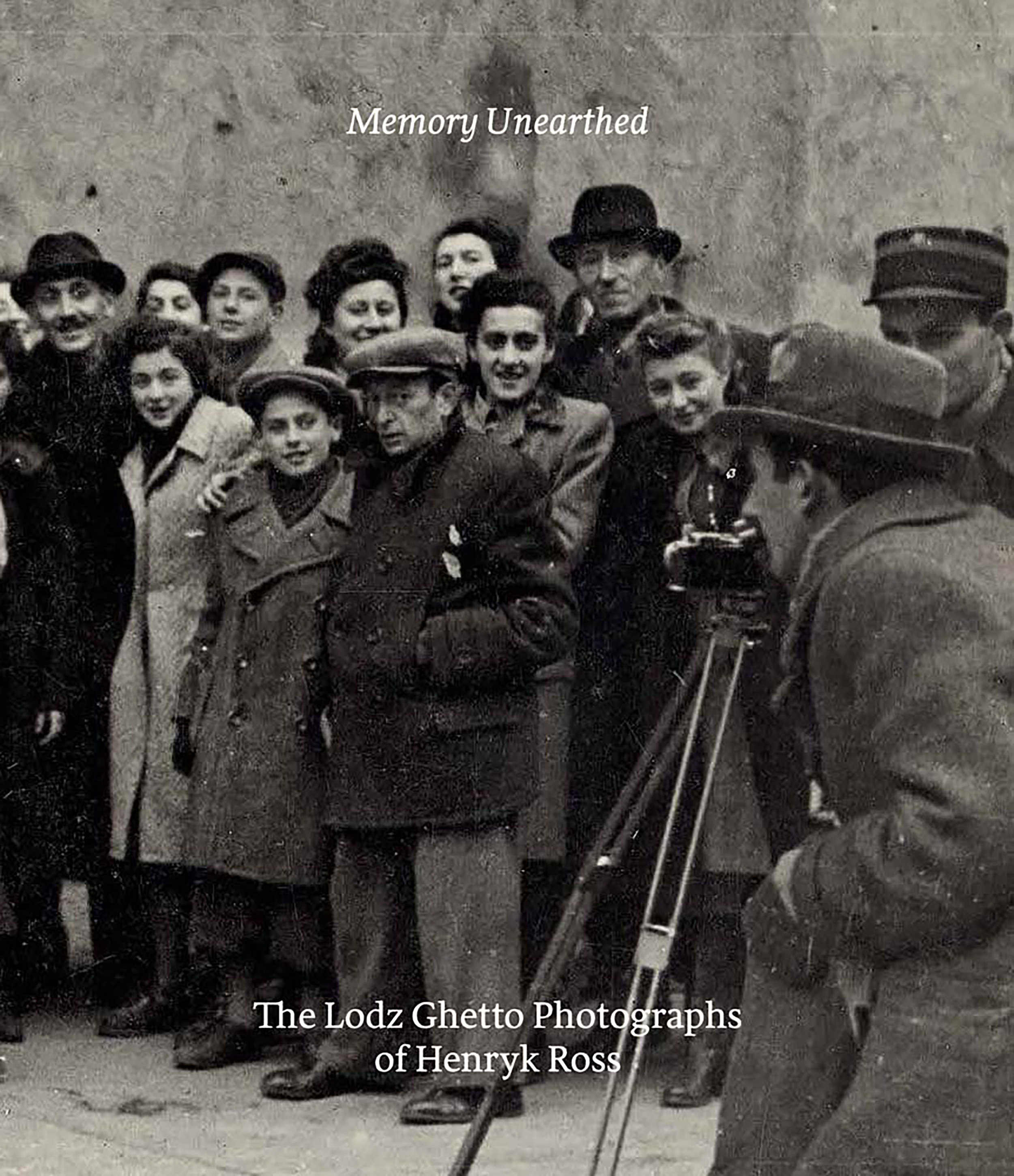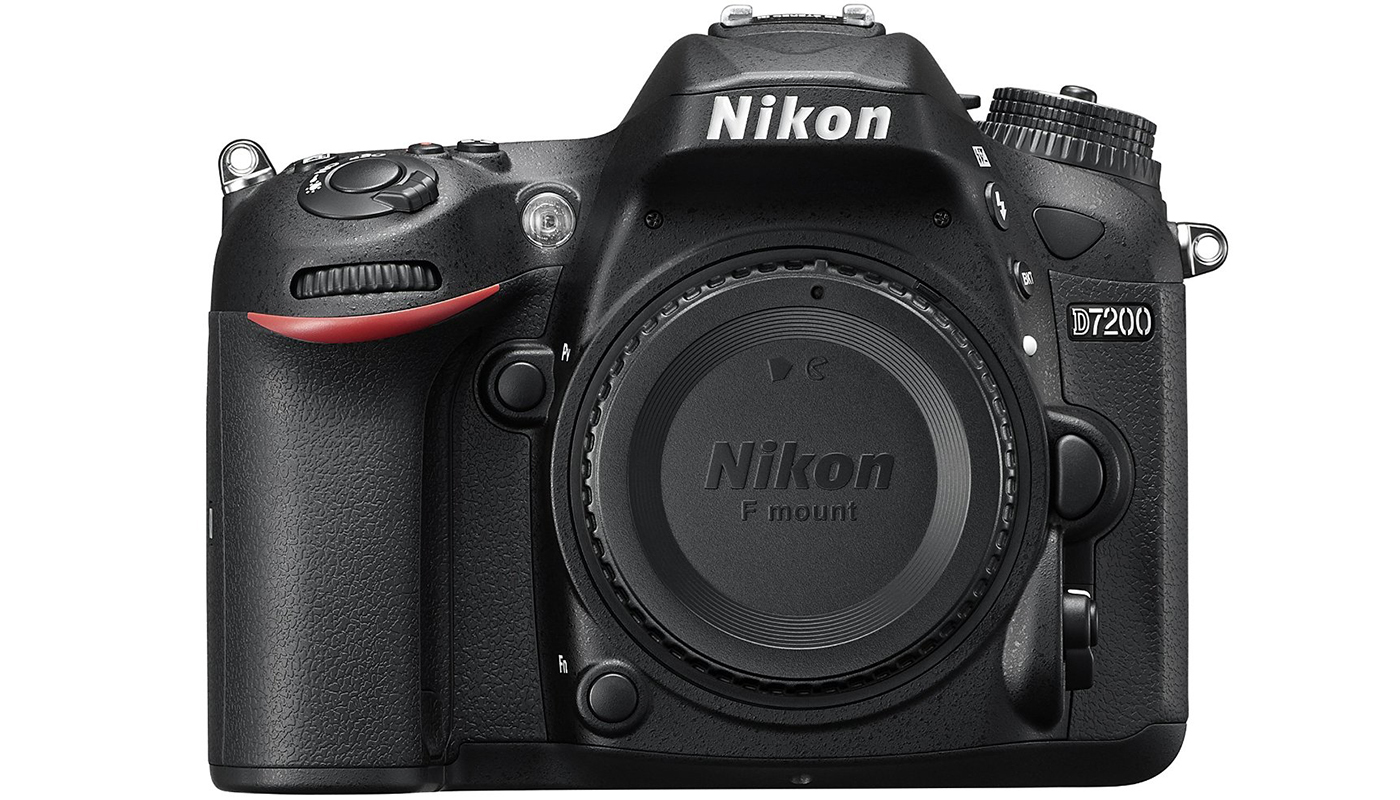From guaranteed sharp pictures every time, to stunning astrophotography photos, here are 7 lesser known photography tips and principles….
Read More7 Lesser Known Photography Tips and Principles

Cameras
From guaranteed sharp pictures every time, to stunning astrophotography photos, here are 7 lesser known photography tips and principles….
Read More
Some of the most beautiful and thought-provoking images ever taken have come to us from NASA's Hubble Space Telescope. Launched in 1990 the Hubble is quickly approaching its 25th year in space. One of the most interesting facts about the Hubble Telescope is that the images it sends back to earth are black and white. [Video Below]
The main reason Hubble's camera does not take images in full color is because it doesn't have to. What we know as color is a very small portion of light wavelengths on the electromagnetic spectrum known as the visible spectrum. This is thanks to three photoreceptors in the eye that give us the ability to perceive the wavelengths of red, green, and blue light which we use to define the visible spectrum.
Some mammals have less and some have more photoreceptors . Many birds of prey have 4, the fourth being capable of ultraviolet light perception. Ultraviolet vision gives these birds the ability to see [among other things] animal urine as nearly luminescent. A rodent can unknowingly leaving a sort of trail-of-breadcrumbs with its urine making for easy locating from above.
The Hubble Space Telescope's six science instruments — its cameras, spectrographs, and fine guidance sensors — work either together or individually to bring us stunning images from the farthest reaches of space. Each instrument was designed to observe the universe in a unique way. [1]
Specifically, the Hubble is capable of capturing light from the UV range at [pmath size=18]200 Nm[/pmath] all the way up to the Infrared range at [pmath size=18]2,500 Nm[/pmath].
Since much of the light captured falls outside our or visible spectrum, it's up to those at the Space Telescope Science Institute to assign color using a careful balance of art and science.
[embed]https://youtu.be/fDwkDZ5dx-c[/embed]
Here is a list provided by Hubblesite.org of the photographic instruments currently on the Hubble:
Can be used to study objects everywhere from the far-distant universe to our own solar system's backyard. It helps examine the way galaxies evolve over time, the history of individual galaxies, and the mystery of "dark energy," the strange force that seems to be accelerating the expansion of the universe.
Breaks ultraviolet radiation into components that can be studied in detail, is used to examine galaxy evolution, the formation of planets and the rise of the elements needed for life, and the "cosmic web" of gas between galaxies.
Conducts surveys of the universe and studies the nature and distribution of galaxies. It studies ultraviolet emissions from stars, takes pictures of other planets in our solar system, and is used to search neighboring stars for planets.
Hubble's heat sensor. Its sensitivity to infrared light makes it useful for observing objects obscured by interstellar gas and dust (such as stellar birthsites and planetary atmospheres) and for peering into deepest space.
A versatile instrument that acts somewhat like a prism, separating light from the cosmos into its component colors, as shown at right. STIS is used to study black holes, the composition of galaxies, and the atmospheres of planets around other stars, among other things.
Targeting devices that lock onto "guide stars" and measure their positions relative to the object being viewed. Adjustments based on these precise readings keep Hubble pointed in the right direction. The sensors also are used to perform celestial measurements.
Camera simulators can be helpful for many reasons whether it be to help learn camera settings, deciding which zoom lens has the range you're looking for, or seeing how your new full frame lens will look on…
Read MoreJust as films were getting better, making bigger enlargements possible, the Leica camera changed the world. Then, as now, the Leica was made to the highest mechanical standards, all designed to help a photographer take the highest quality photographs in the easiest, least obtrusive way.
Its inventor, Oskar Barnack, developed prototypes as early as 1913, and in 1925, Ernst Leitz introduced the 35mm Leica A, known as the Leica 1 Model A in the United States. In 1935, each of its new interchangeable lenses-both a 35mm wide-angle and 135mm telephoto - turned Leic into a different instrument. "Little Negatives, big pictures," was Barnack's motto.
Here are some of Leica's earliest models that were the trendsetters of the early camera industry.
Part of Leica's appeal came from the very idea of the "candid camera." Erich Salomon (1886 - 1944) first used a handheld model, the Ermanox, to photograph German high society as Hitler was gaining power.
Before long Alfred Eisenstadt and Henri Cartier-Bresson were using Leicas to make pictures of scenes such as V-J Day kisses in Times Square and street life in paris. The cumbersome Speed Graphic with its powerful flash was still an awesome weapon for news photographers covering Hollywood openings and shooting crime scenes. But the Leica ratified the 35mm format.
In the 1960s, German, American, and especially Japanese camera companies gradually substituted the single-lens reflex format for the rangefinder system.
Production was streamlined and camera prices lowered. By marketing their cameras to affluent amateurs, companies such as Nikon, Canon, Olympus, Asahi Pentax, and Minolta grew the business. Meanwhile films, newspapers, lenses, and processes all improved - each significant innovation serving as a "force multiplier" to drive camera sales, spur film and print consumption, and propel a growth curve that implied permanent prosperity. . .
Text from Gustavson, Todd. "Camera". New York: Fall River Press, 2009
Winnie the Welder (some call her Wendy the Welder), the moniker given to some 2,000 women who worked in the shipyard building war ships and subs.
Read MoreI spend some time with this book over the weekend and found an excerpt I felt worthy of sharing. The book itself is immensely powerful in both photographic aesthetic and historical significance. For 3 years during WWII, photographer Henryk Ross documented the Nazi expansion into the second largest jewish ghetto in Poland, the Łódź Ghetto.

Cover, Memory Unearthed
Purchase: 'Memory Unearthed' | $29.42
From 1941 to 1944, the Polish Jewish photographer Henryk Ross (1910–1991) was a member of an official team documenting the implementation of Nazi policies in the Lodz Ghetto in Poland. Covertly, he captured on film scores of both quotidian and intimate moments of Jewish life. In 1944, he buried thousands of negatives in an attempt to save this secret record. After the war, Ross returned to Poland to retrieve them. Although some were destroyed by nature and time, many negatives survived.
Memory Unearthed presents a selection of the nearly 3,000 surviving images—along with original prints and other archival material including curfew notices and newspapers—from the permanent collection at the Art Gallery of Ontario. Ross’s images offer a startling and moving new representation of one of humanity’s greatest tragedies. Striking for both their historical content and artistic quality, his photographs have a raw intimacy and emotional power that remain undiminished.
In the film industry it's an editors job to create by omission.Much like a sculptor, an editor takes the materials and mediums given to him/her and removes all that is not conducive to the final vision. An editor has the ability to manipulate time, while a photographer has the ability to freeze it. Both using their artistry to sculpt a story.
As an editor and a photographer for over a decade, I found a passage in this book that particularly stood out. Here is an excerpt from Memory Unearthed page 176 that really details these points quite eloquently:
"By choosing a moment in time, the photographer is rejecting all other moments, whether past or future. Photography is an editing medium. When a photographer frames up an image, he is editing reality - excluding everything below the frame line, everything above it and all to the right and left.
Significance is ascribed only to what is bounded by the four edges of the frame. It's like pointing, but more precise and permanent. And it has more authority...
... A painter can seduce with a glistening brush stroke; a photographer has only form, content and time. Photography has an apparent facility, but doing brilliantly - being original and telling a story well - is a major challenge.
I think the art of storytelling within photography can best be summed up by High Renaissance artist Michelangelo di Lodovico Buonarroti Simoni:
I saw the angel in the marble and carved until I set him free - Michelangelo
So next time you pick up your camera, understand the potential power of your work. Paint your picture, carve your stone, and unearth you story.
Here's a fun and very easy way to do professional product photography light painting using your iPhone, or any other phone or tablet for that matter. The bigger the screen the better the results, but a…
Read More
The Nikon D7200 is the new APS-C sized DSLR announced from Nikon, an upgrade from the solid performing D7100 released in 2013. See pricing and specifications below, along with the best Nikon D7200 video reviews from around the web.
[embed]https://youtu.be/SLGUCoqeuqo[/embed]
[embed]https://youtu.be/NayBAmzBKhA[/embed]
[embed]https://youtu.be/k-KfAEKRK18[/embed]
[embed]https://youtu.be/HGc8kxCxlvY[/embed]
[embed]https://youtu.be/nWj3hf-H4Ew[/embed]
[embed]https://youtu.be/nXbk_vY5KLs[/embed]
[embed]https://youtu.be/glwCG94miok[/embed]
[embed]https://youtu.be/Ln2dTE4mQcY[/embed]

Where to buy tintype photographs is not always easy, but it can be with a few bits of insight. First lets see what's so fascinating about tintypes in the first place.
Read More
New tilt shift lenses typically cost from $700 to $2,200+. While browsing lenses online I found a Canon FD TS 35mm f/2.8 S.S.C. Lens at a price I could not pass up. So I walked to my local camera store where I found it and took it out on the streets.
Read More

 Just announced - the all new Xiaomi Yi Action Camera. Cheaper than the mighty GoPro Action Camera, the Yi not only cuts the cost, but actually excels in much of its feature set. It sports a Sony Exmor R CMOS Imaging Sensor with a A7LS SoC Ambarella Processor. Amberella is a leading developer of low-power, HD and Ultra HD video compression and processing solutions. Whether the Xiaomi Yi Action camera has cherrypicked the best features and components to create the best action sports camera yet, or whether it's just another knock off remains to be seen. According to the specs it could be a contender for GoPro in due time.
Just announced - the all new Xiaomi Yi Action Camera. Cheaper than the mighty GoPro Action Camera, the Yi not only cuts the cost, but actually excels in much of its feature set. It sports a Sony Exmor R CMOS Imaging Sensor with a A7LS SoC Ambarella Processor. Amberella is a leading developer of low-power, HD and Ultra HD video compression and processing solutions. Whether the Xiaomi Yi Action camera has cherrypicked the best features and components to create the best action sports camera yet, or whether it's just another knock off remains to be seen. According to the specs it could be a contender for GoPro in due time.
It seems to be the internet consensus that the USD conversion of the Yi Camera is $64 though I have not been able to determine this in my own research
For further reading you can browse the original site here.